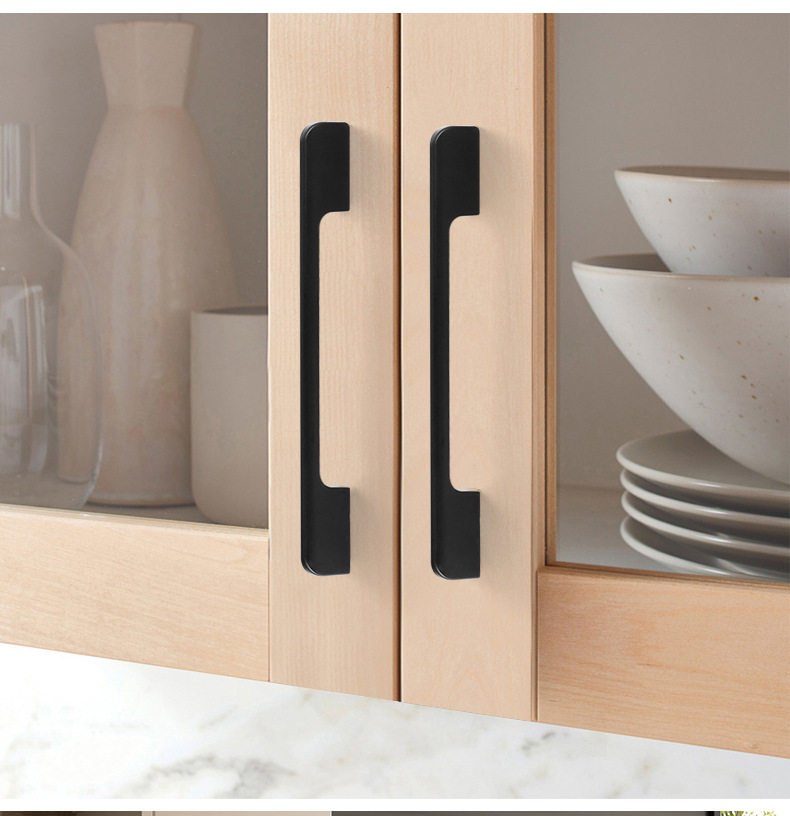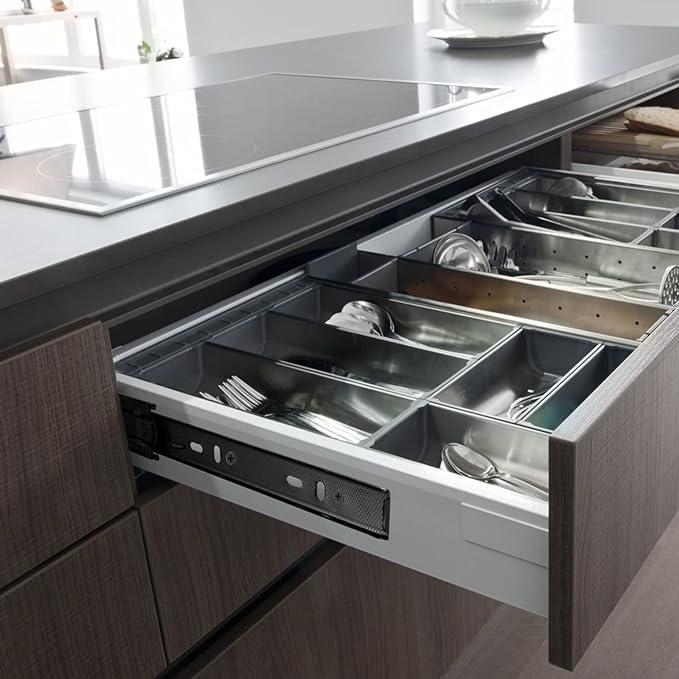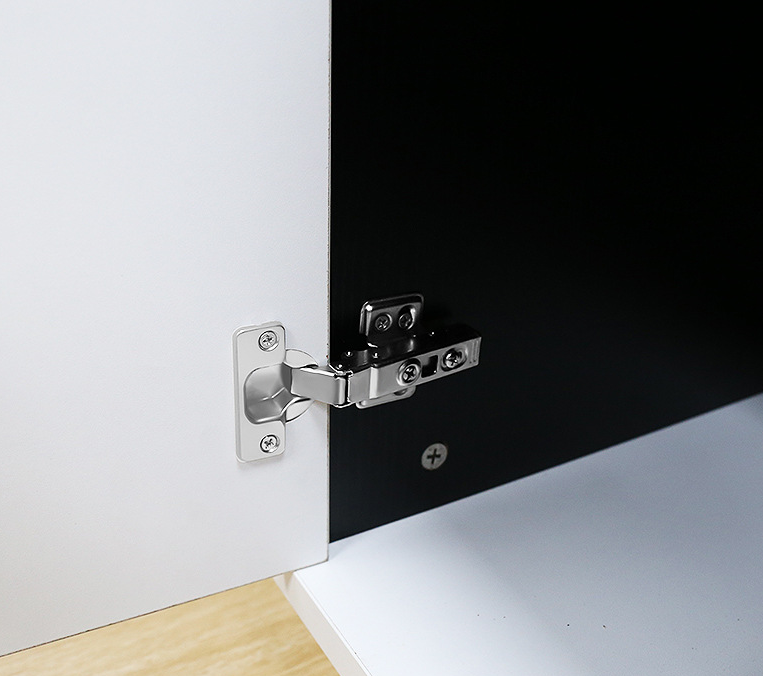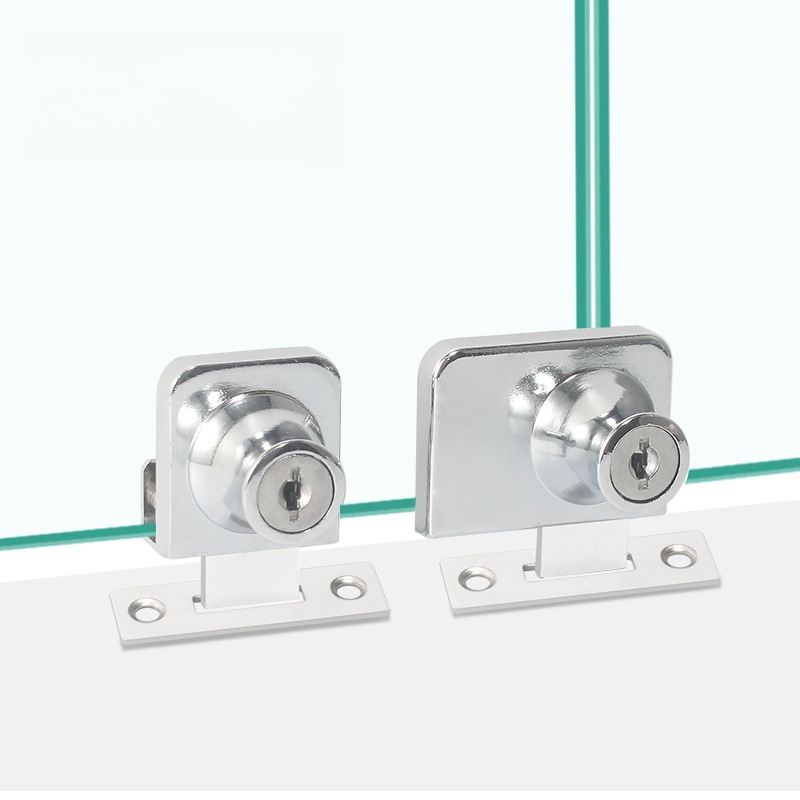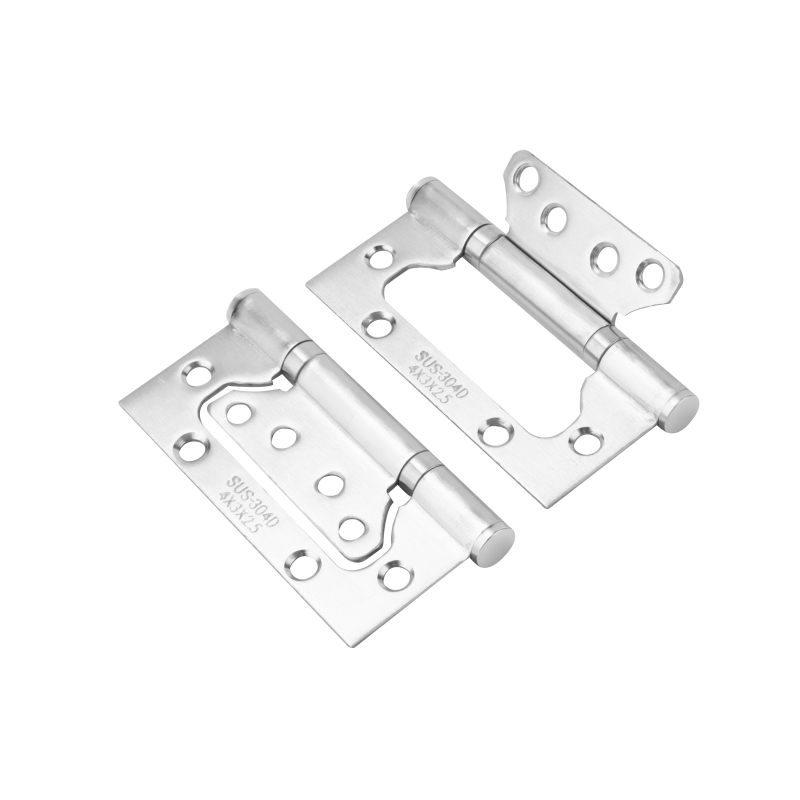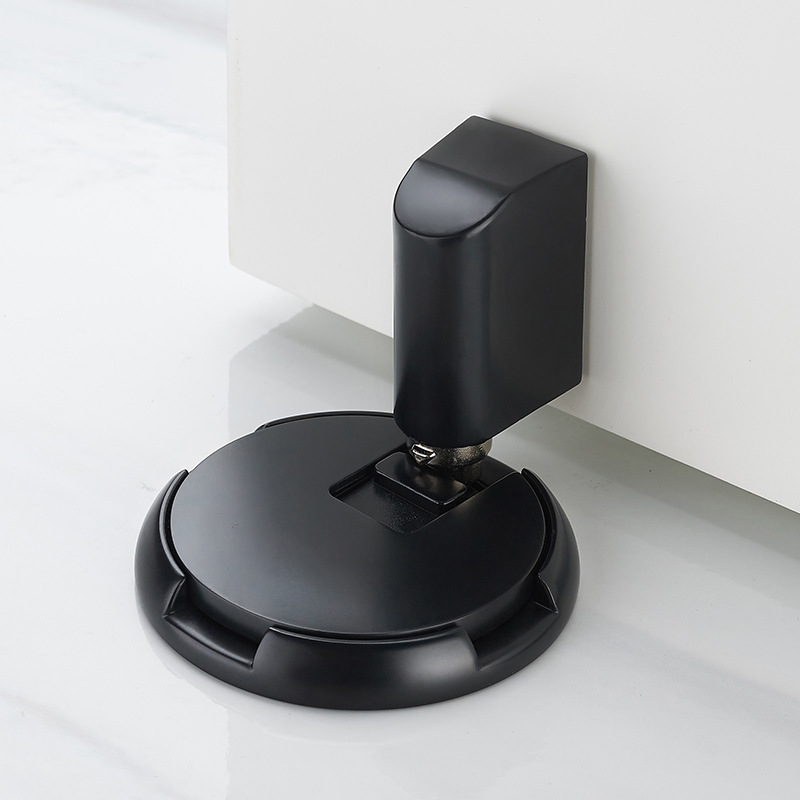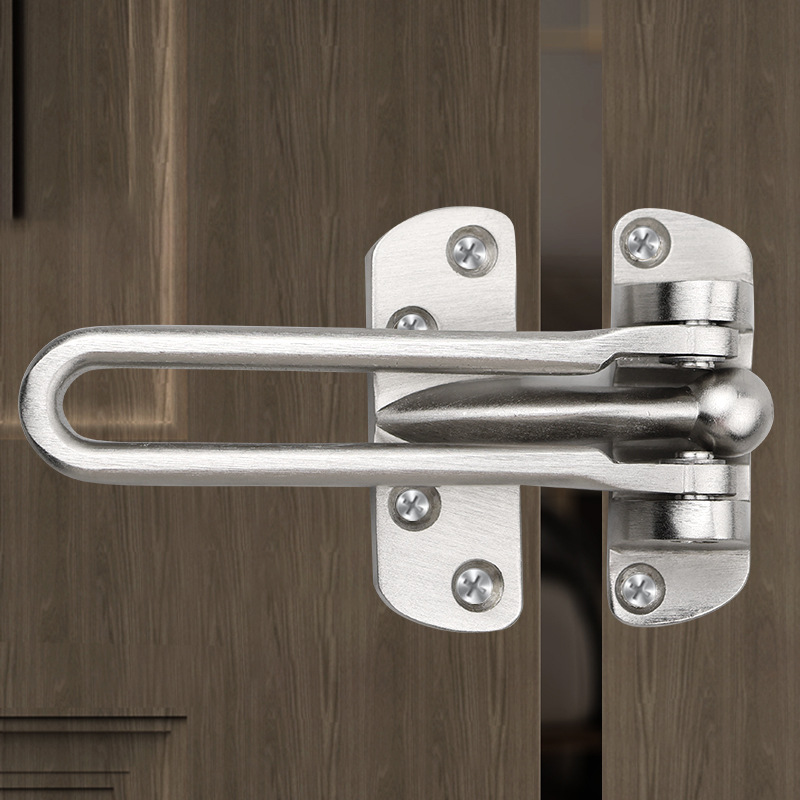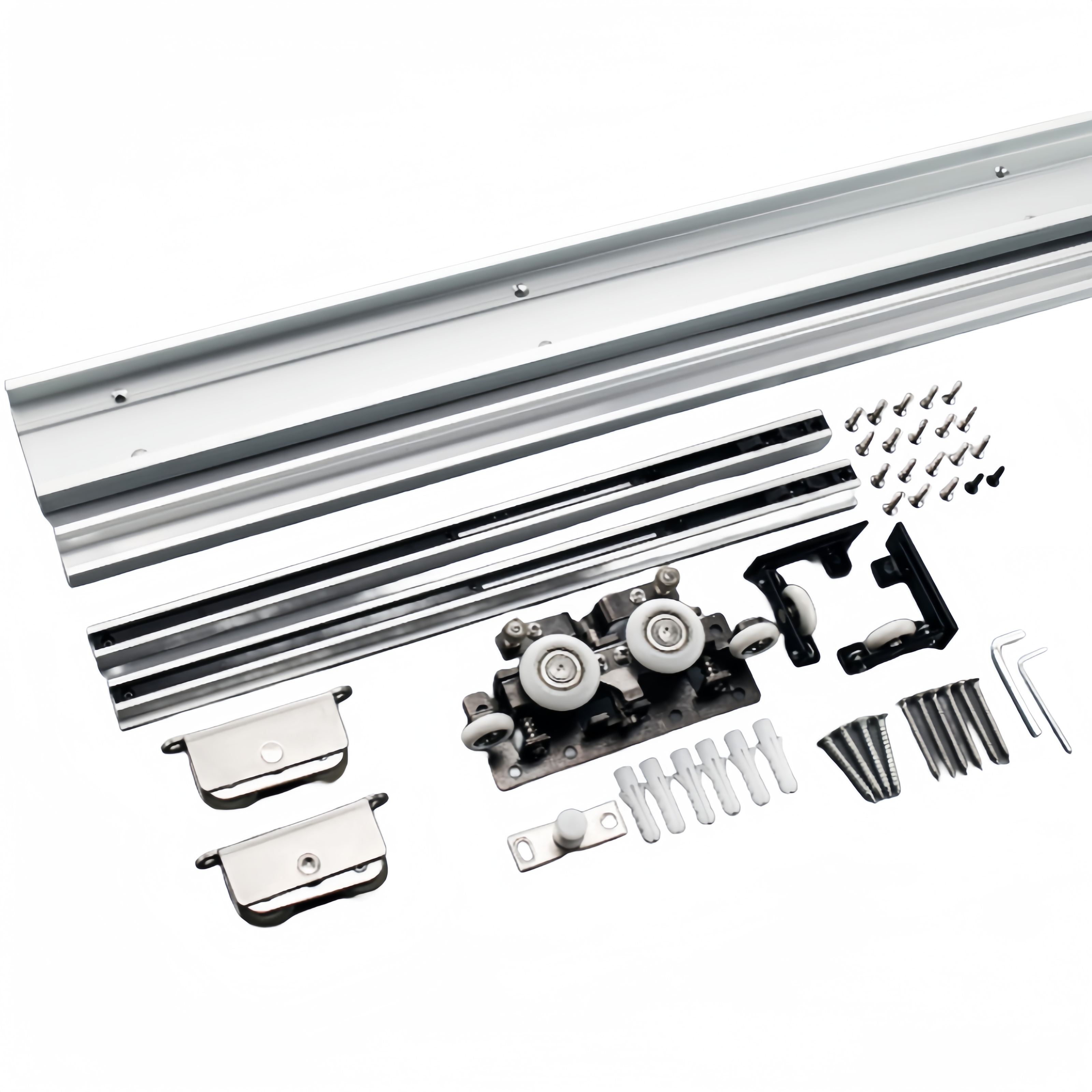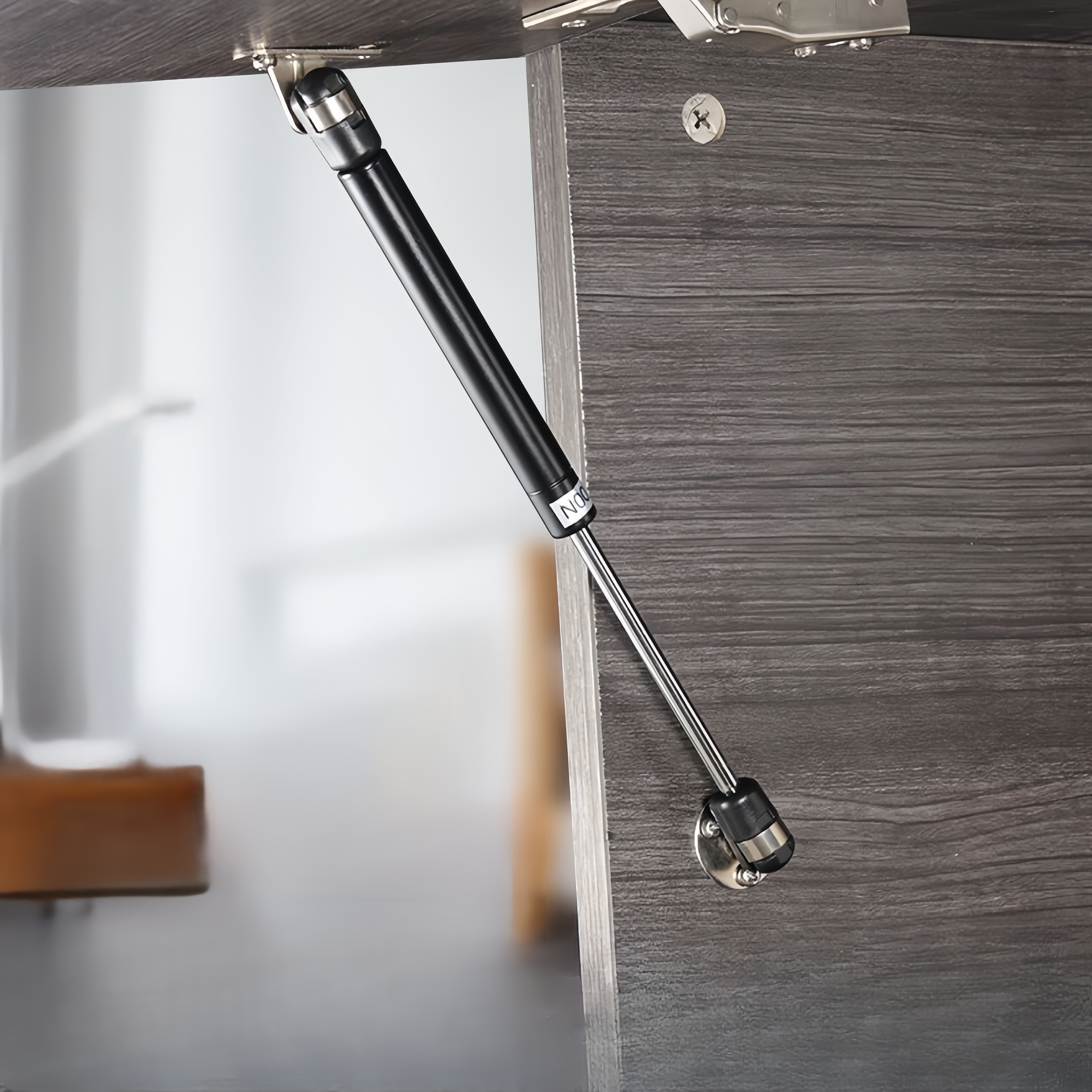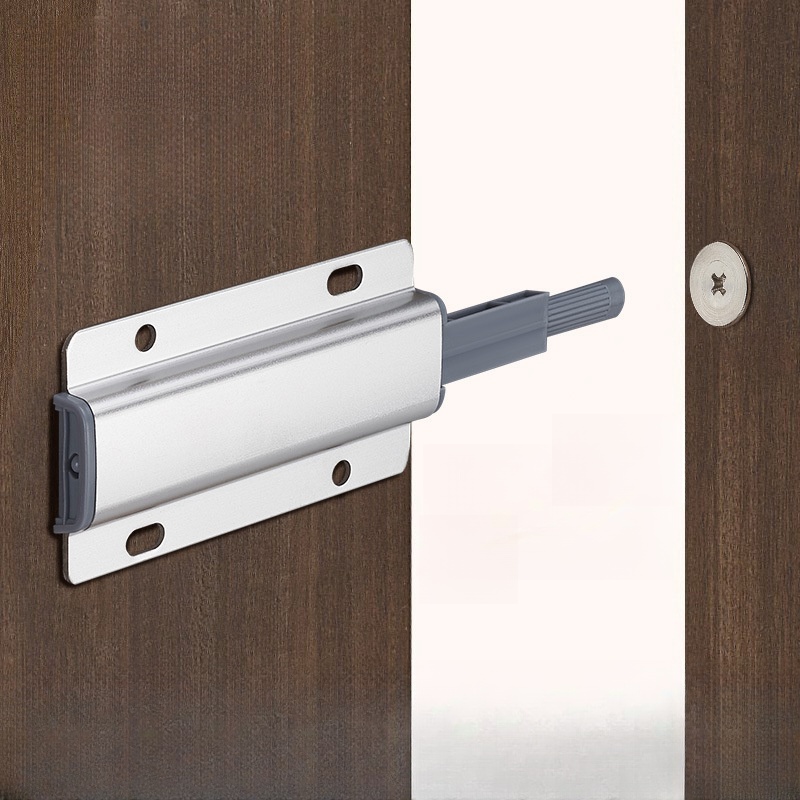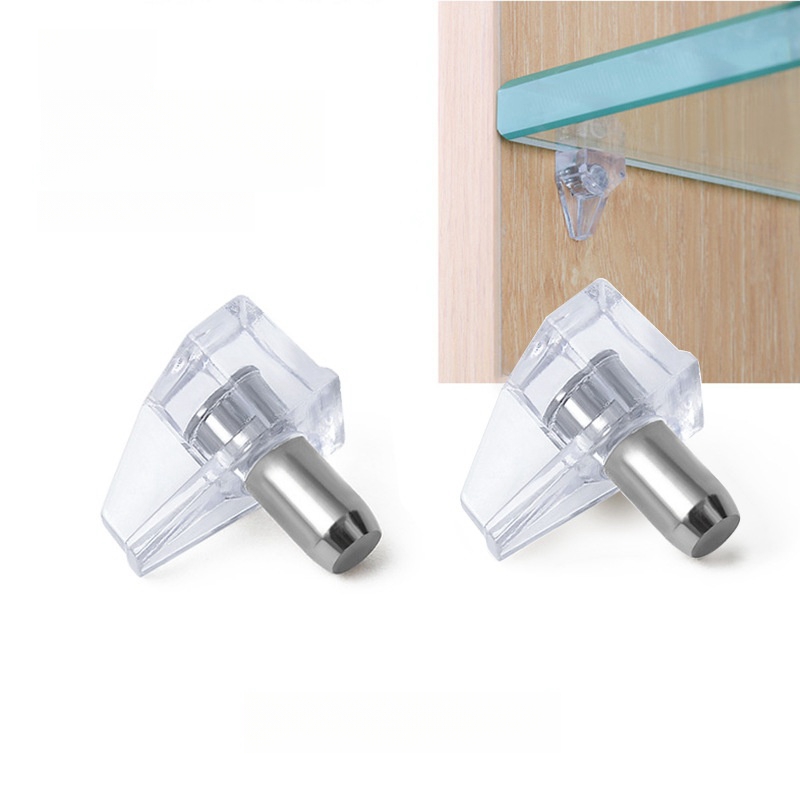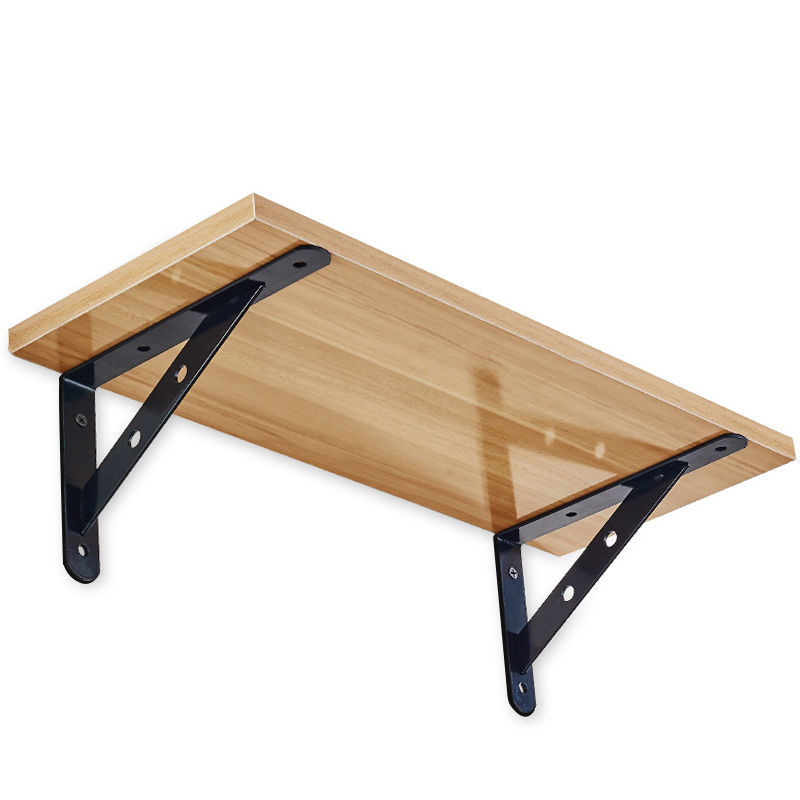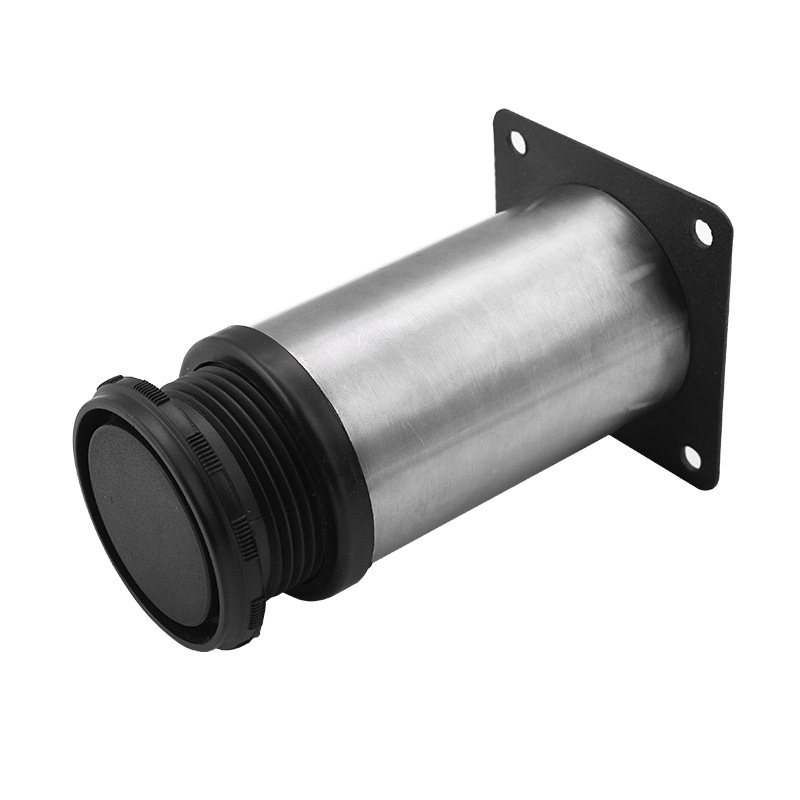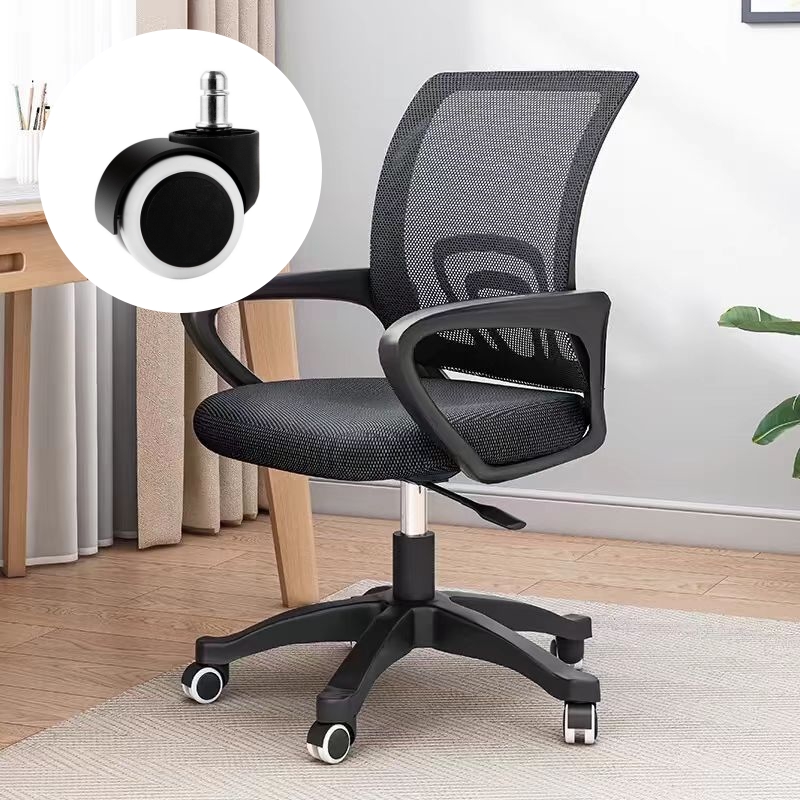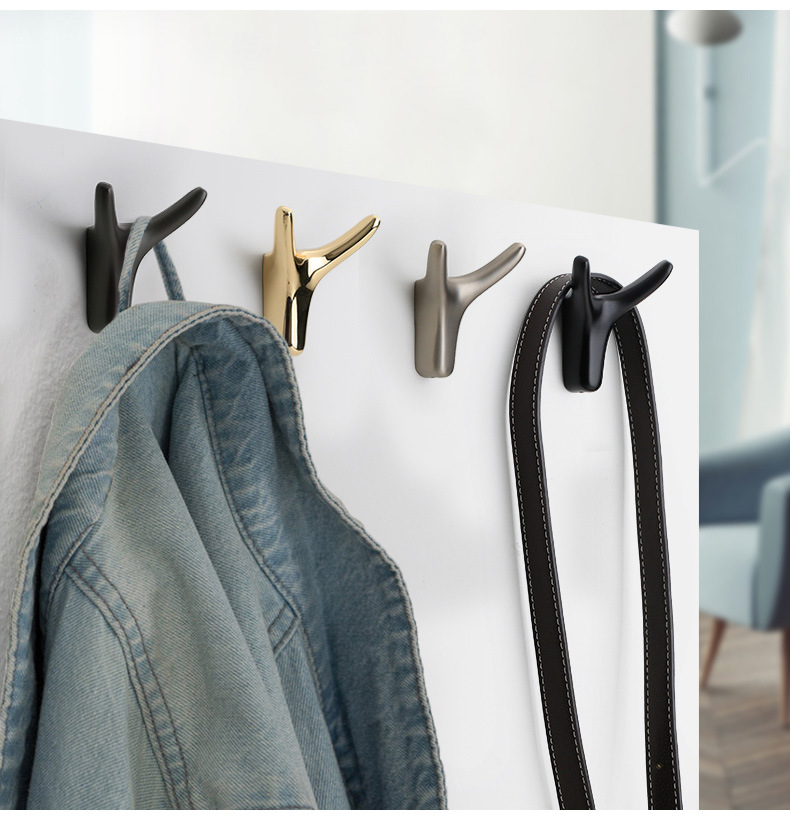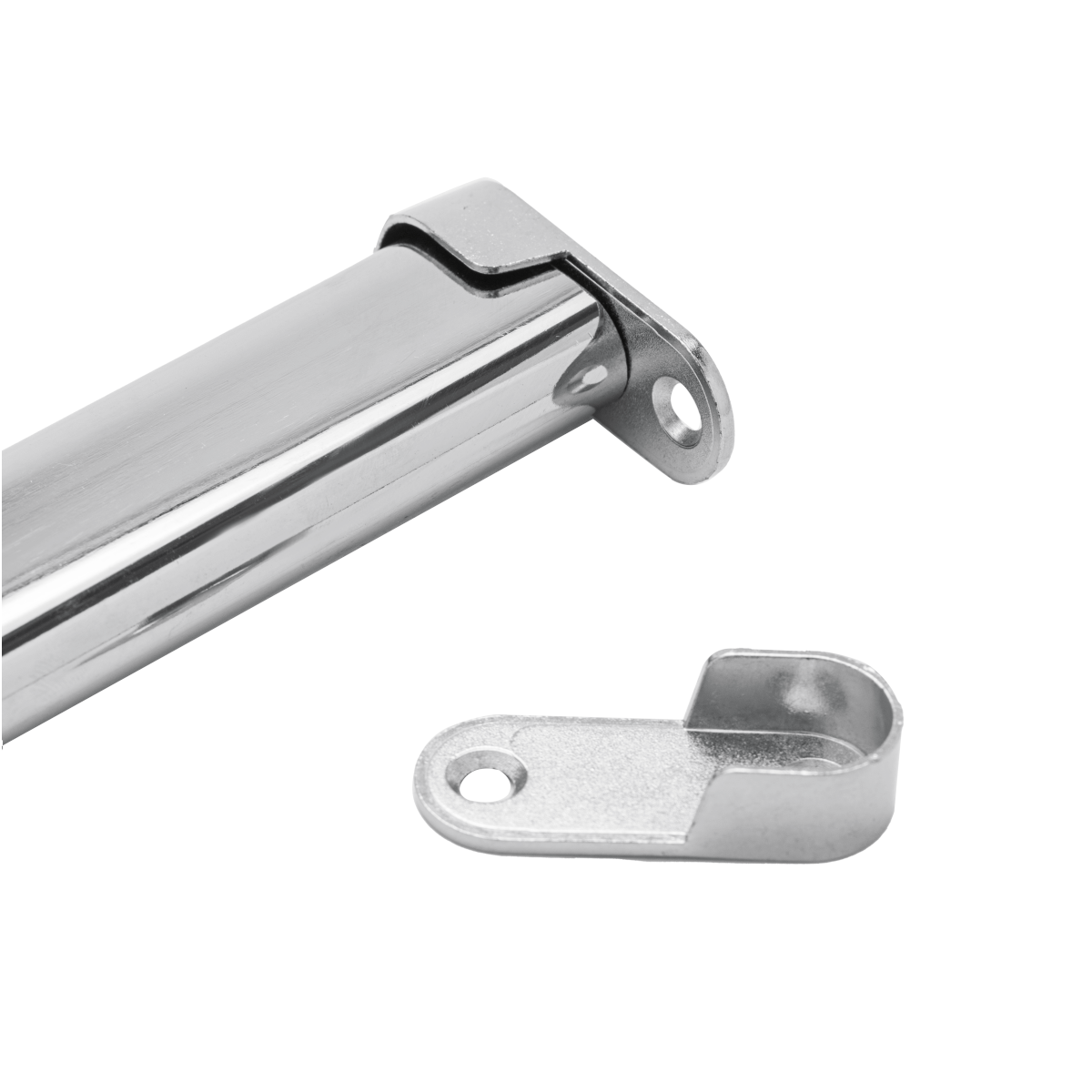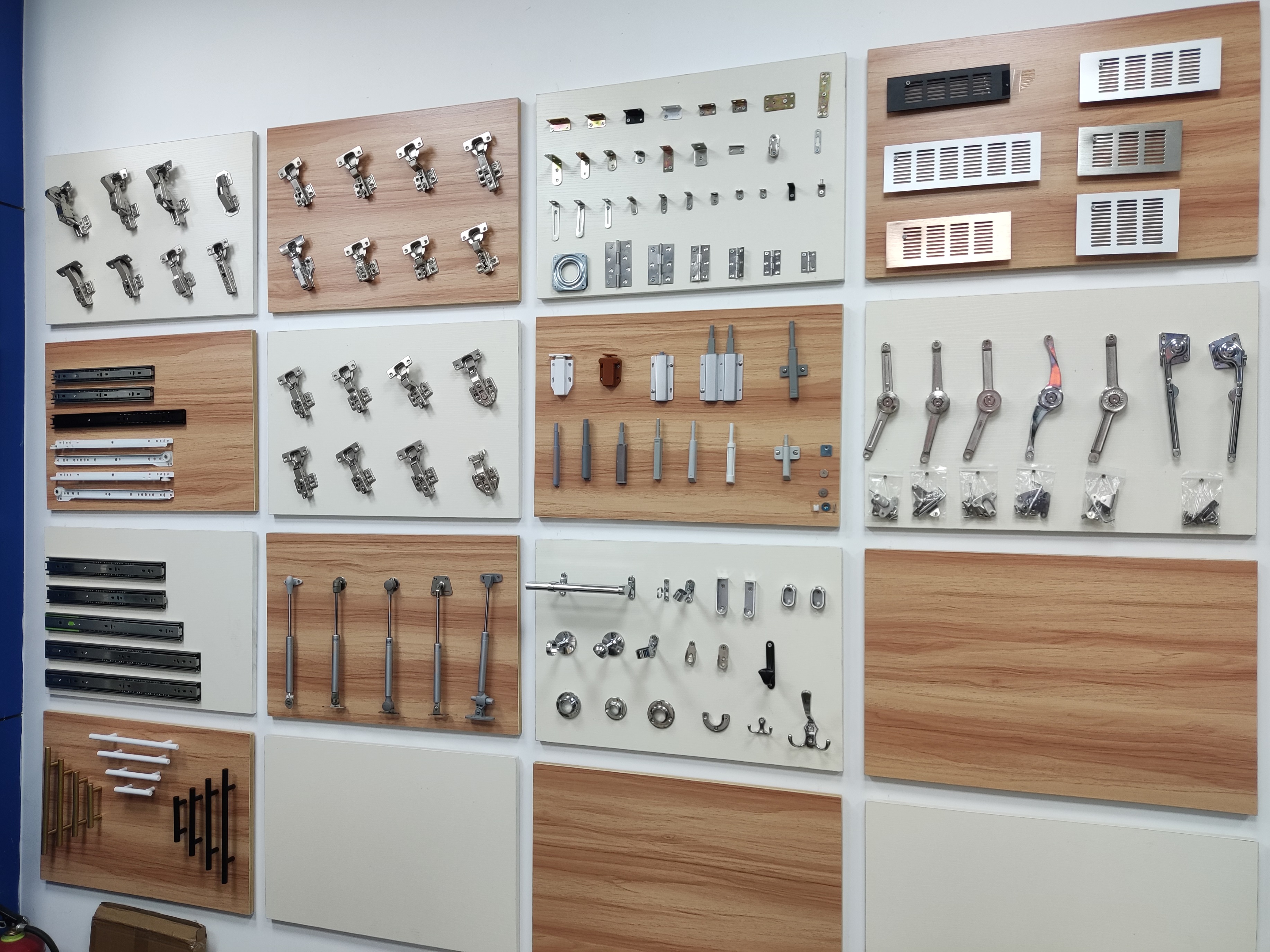
ABOUT
Guangzhou Toplink hardware Co., Ltd specialized in the production and export of furniture hardware fittings, with an experience of more than 14 years.
Our main products are drawer locks, cabinet hinges, sliding rails, cabinet handles, casters, cabinet legs and connecting fittings etc..
With a complete range of products, excellent performance and reasonable prices we have built up business with many customers all over the world.
We are committed to strict quality control and considerate customer service. We sincerely looking forward to becoming your best choice and the most reliable partner!
PRODUCTS
how to remove door latch stuck in door
Assessing the Situation: Identifying the Problem
Before attempting any repairs, it’s crucial to understand *why* the latch is stuck. Is the door itself jamming? Is the latch mechanism binding? Or is something obstructing the latch bolt? A visual inspection can often pinpoint the problem's source. Look closely at the latch mechanism itself – are there any visible obstructions, broken parts, or signs of damage? Check the door frame for any warping or misalignment that might be causing the door to bind. Inspect the strike plate (the metal plate on the door frame that the latch bolt engages with). Is it loose, damaged, or misaligned? If you can't easily identify the issue, carefully try to gently wiggle the door and latch to see where the resistance is coming from.
Sometimes, the problem isn’t with the latch itself, but with the door or frame. The door might have swollen due to humidity, preventing it from closing properly and jamming the latch. The strike plate might be loose or improperly installed, causing the latch bolt to catch. Loose hinges can also contribute to misalignment, leading to a stuck latch. Understanding the root cause will guide you towards the most effective solution.
Tools You’ll Need
Having the right tools on hand will significantly simplify the process and make the repair safer and more efficient. You'll likely need a screwdriver (both Phillips and flathead), a hammer, a pry bar (optional, but helpful for stubborn situations), a lubricant like WD-40 or silicone spray, a pencil, and potentially a replacement latch mechanism if the existing one is damaged beyond repair. Depending on the type of door and latch, you may need specialized tools, so it’s always a good idea to consult your door's instructions or diagrams if possible.
Ensure that your screwdrivers are the correct size and type for your door latch screws. A damaged or stripped screw can complicate the process considerably. Using the appropriate tools minimizes the risk of damaging the door or latch mechanism, and ensures a smoother, more efficient repair process.
Removing the Stuck Latch: Step-by-Step Guide
Once you’ve identified the problem and gathered your tools, you can begin the removal process. Start by carefully removing the screws holding the latch plate in place. These are usually located on the door's edge, either side of the latch mechanism. Use your screwdriver to gently loosen and remove these screws. Be careful not to strip the screw heads. If they're resistant, apply a little penetrating oil and let it sit for a few minutes before trying again.
With the screws removed, gently pull the latch plate away from the door. It might be slightly stubborn, but avoid using excessive force, which could damage the door or the latch mechanism. If the latch is still stuck within the door, you might need to use a pry bar to carefully leverage it out. Insert the pry bar cautiously, avoiding scratching or gouging the door's surface. Work slowly and methodically, applying gentle pressure until the latch is released.
Once the latch is free, inspect it carefully for damage. If the problem is a broken component, you’ll likely need a replacement. If the issue is merely dirt or debris, clean the latch mechanism thoroughly with a brush and compressed air. Reapply lubricant to moving parts and reassemble the latch plate, ensuring the screws are tightened securely.
Troubleshooting Common Issues
If the latch remains stuck after attempting the steps above, there are several additional troubleshooting steps you can take. If the door is swollen due to humidity, try using a wood plane or sandpaper to carefully remove some material from the edges of the door to allow it to close more easily. If the strike plate is misaligned, gently tap it into place using a hammer and a small block of wood to protect the door frame. If the hinges are loose, tighten them using a screwdriver.
If the problem persists, consider the possibility of a more serious issue, such as a warped door frame or a damaged latch mechanism. In such cases, it's best to consult a professional locksmith or carpenter. They have the expertise and tools to diagnose and repair more complex problems, ensuring a lasting solution.
Preventing Future Problems
Regular maintenance is key to preventing future latch problems. Periodically lubricate the latch mechanism with WD-40 or silicone spray to keep it running smoothly. Check the door hinges for tightness and lubricate them as needed. Inspect the strike plate for any signs of looseness or damage and tighten or replace it as required. Keep the door area clean and free of debris to prevent obstructions. Addressing minor issues promptly can prevent them from escalating into major problems.
By following these steps and paying attention to the condition of your door and latch, you can significantly reduce the chances of encountering a stuck door latch in the future. Remember that prevention is often easier and less costly than repair.
SUBSCRIBE
INQUIRY
